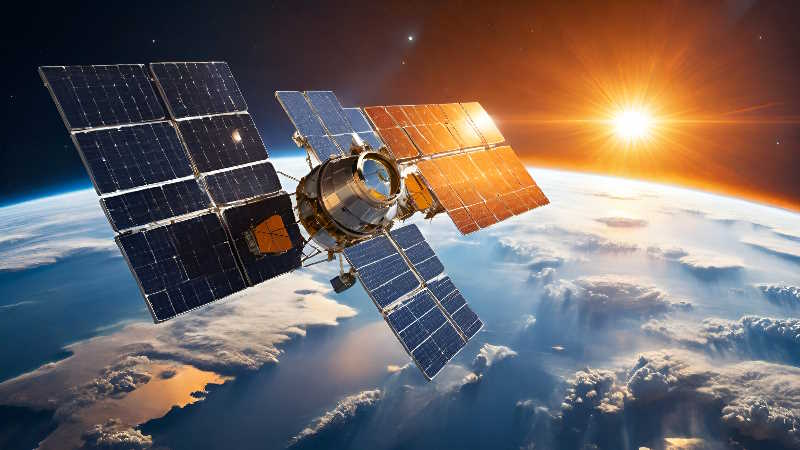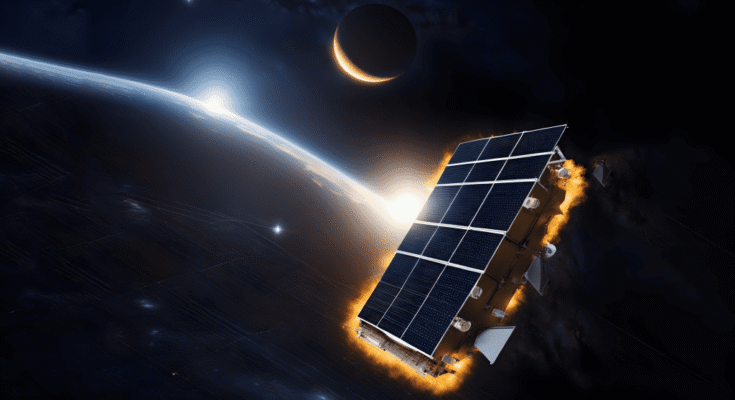In a groundbreaking step toward sustainable energy, Japan is on the verge of making history by becoming the first nation to successfully transmit solar power from space to Earth. Spearheaded by a team of researchers from Kyoto University, the project—aptly named OHISAMA, the Japanese word for “sun”—represents a visionary leap into a future where clean energy may one day be harvested beyond the bounds of our atmosphere.

The OHISAMA project involves launching a small, specially designed satellite into Earth’s orbit to collect solar energy. This solar power will then be converted into microwaves and transmitted back down to Earth, where it will be received by ground-based antennas. The initial test mission, scheduled for launch in 2025, will be a demonstration of this concept on a modest scale—but the implications could be monumental.

The first satellite in the OHISAMA series is relatively compact, weighing approximately 400 pounds. Despite its small size, it is equipped with a 22-square-foot solar panel, engineered to capture sunlight with high efficiency. Once in orbit, the satellite will collect solar energy continuously, unaffected by atmospheric disturbances or the cycle of day and night. This is one of the key advantages of space-based solar power: while ground-based solar panels suffer from interruptions due to clouds, rain, or nighttime, solar collectors in space can operate 24/7, dramatically increasing the potential output of solar power.
For the upcoming mission, the energy output is projected to be about 1 kilowatt, which may not sound like much—but it’s a significant milestone. One kilowatt is roughly enough energy to power a small household appliance, like a dishwasher, for about an hour. More importantly, it will serve as proof that the technology can work in real-world conditions. If successful, it will be the first time that solar power has been wirelessly transmitted from a satellite in orbit back to a receiving station on Earth.

The energy beam will be sent via microwaves, a form of electromagnetic radiation that can be precisely directed to Earth-based antennas. The receiving station for this test will span over 25 miles, with individual antennas spaced about 3 miles apart, forming a wide-area receiver that safely and efficiently captures the beamed energy. These antennas will convert the microwaves back into electricity, completing the solar power relay from space to Earth.
But Japan’s ambitions do not stop with a single kilowatt. The long-term vision of the OHISAMA project includes the development of massive space-based power stations that could generate up to 1 gigawatt of electricity—enough to power hundreds of thousands of homes. These future satellites would be significantly larger, with much more expansive solar arrays and more powerful microwave transmission systems.

The implications of such a system are profound. With concerns over climate change, fossil fuel dependency, and energy security becoming increasingly urgent, space-based solar power offers a clean, renewable, and virtually limitless source of energy. Unlike wind or ground solar farms, orbital solar stations could operate continuously, providing a stable and consistent energy supply.
Japan is not alone in pursuing this futuristic energy solution—other countries like the United States and China have expressed interest and have launched their own preliminary research—but Japan’s OHISAMA project appears to be the most advanced effort yet, potentially setting a precedent for a new era of energy production.
As the world watches closely, the 2025 launch of OHISAMA could mark the dawn of a new energy age—one where our skies are not just the limit, but the source.



